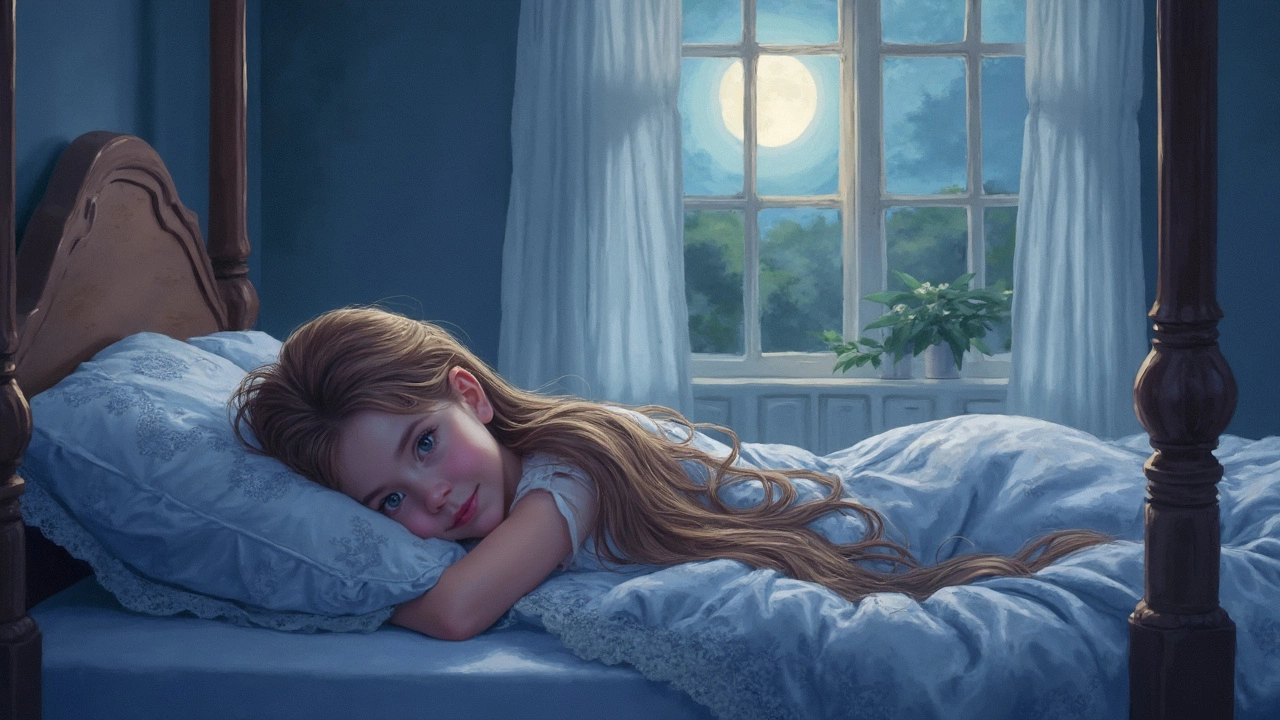Sleep with Extensions: What You Need to Know
When dealing with sleep with extensions, the act of keeping hair extensions on while you rest. Also known as nighttime extension wear, it blends the world of hair extensions, synthetic or natural strands attached to your own hair for length or volume with sleep hygiene, habits that promote restful, uninterrupted sleep. The overlap of these two concepts creates a set of challenges and benefits that many overlook. For instance, the combination influences scalp health, the condition of skin, hair follicles, and oil balance on your head, shaping everything from extension longevity to everyday comfort. Understanding this triad helps you avoid breakage, reduce irritation, and keep your extensions looking fresh.
Key Factors That Shape How You Sleep With Extensions
First, the type of extension you wear matters. Tape‑in, clip‑in, sew‑in, and fusion each attach differently, so they react uniquely to pressure, friction, and moisture. Tape‑ins, for example, bond close to the scalp and can loosen if you toss and turn on a pillow that swallows heat. Clip‑ins sit on top of your hair, making them prone to snagging when you shift positions. Knowing the attachment method lets you pick the right pillowcase—silk or satin reduces friction, while cotton can tug at the bonds. Second, your sleeping posture directly impacts tension on the extensions. Side sleepers often compress one side of the head, creating uneven stress that can cause micro‑tears. Back sleepers distribute weight more evenly, lowering the risk of extension slippage. Third, the ambient environment—humidity, temperature, and even bedroom air quality—affects the adhesive or glue used in many extension methods. A humid night can weaken tape, while a dry room may dry out the hair shaft, leading to brittleness.
Beyond the physical setup, incorporating solid sleep hygiene practices safeguards both your hair and overall well‑being. Maintaining a consistent bedtime, keeping the bedroom cool, and using a breathable pillowcase all contribute to reduced sweating, which otherwise seeps into the extension bonds and encourages slip. Pair these habits with a quick pre‑bed routine: gently detangle with a wide‑tooth comb, secure loose strands with a soft hair tie, and avoid heavy products that can build up on the scalp overnight. This routine not only protects the extensions but also promotes scalp health by preventing clogged pores and bacterial growth. Finally, schedule regular maintenance—re‑taping, re‑clipping, or gentle washing—so that any stress from nightly wear is addressed before it escalates into costly repairs or removal. The next section below walks you through practical steps, product recommendations, and expert tricks to keep your extensions and scalp thriving while you catch those Z’s.

Sleeping Safely with Hair Extensions: Tips and Tricks
Sleeping with hair extensions can be a challenge, but it doesn't have to be. This article explores practical tips and tricks for protecting your extensions while you sleep to ensure they remain beautiful and intact. By following these guidelines, you can maintain the health of both your natural hair and extensions. Whether you're new to extensions or a seasoned wearer, these insights will help you get a good night's sleep without worrying about damage.
© 2025. All rights reserved.